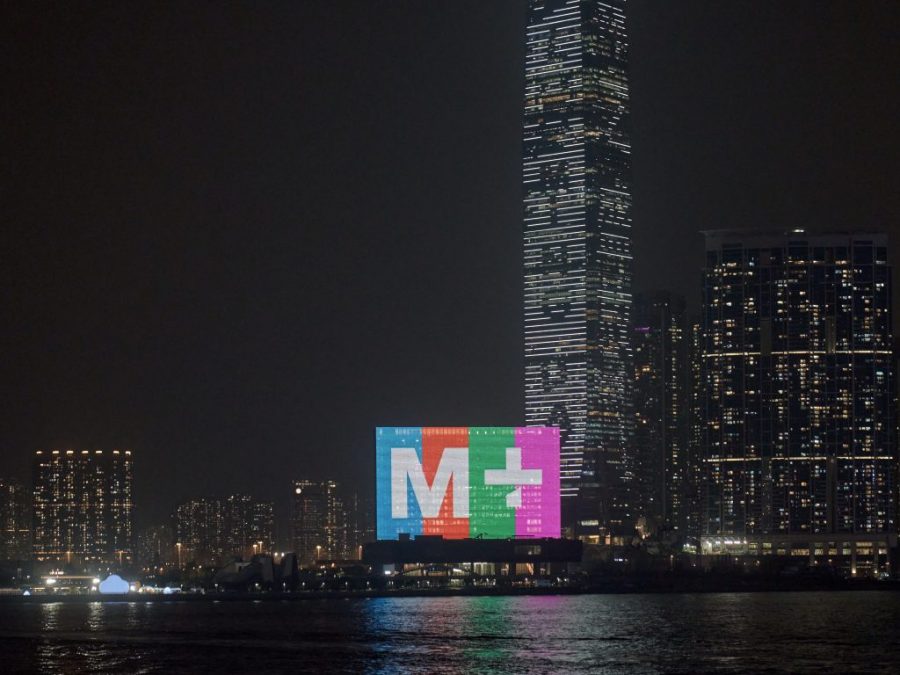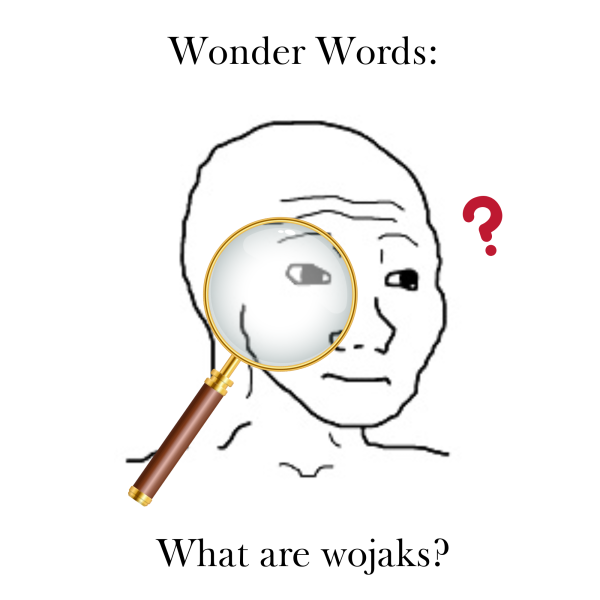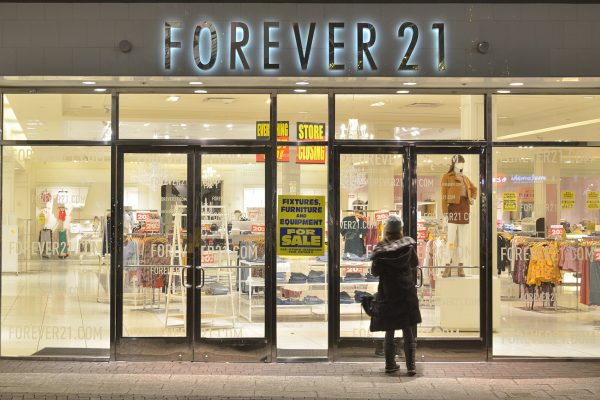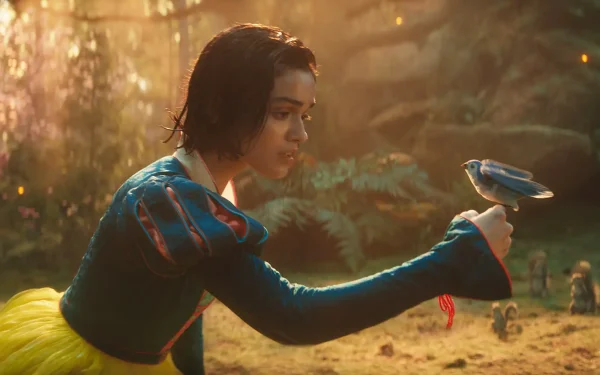M+ Museum vs Censorship
Hong Kong’s new contemporary art museum, M+ finally opened to the public on November 12th, four years behind its original schedule, and it is already facing dangers of being banned. Located in the West Koolong District, this new museum attracts attention as the world’s largest museum that exclusively features Asia’s modern and contemporary visuals.
The 700,000-square foot museum designed by the renowned Swiss architects Herzog & de Meuron received more than 76,000 ticket reservations before opening day, according to the M+ Museum official website. Its inverted T-shaped building and features such as a large podium with galleries, cinema, media library, learning hub, and a beautiful roof garden is very aesthetically appealing, attracting many eyes. Built with the goal to gain a reputation for the West Koolong District as the cultural hotspot, it also attracts many foreign visitors from around the world.
However, this museum faces strong opposition from the strict Chinese Communist Party. In conflict with Beijing implementing national security law, the museum faces threats of censorship. China, famous for its strict censorship such as with its recent policies that banned “feminine” male celebrities and much more, voiced their concerns with the many artworks featuring China galleried in the museum. According to the New York Times, pro-Beijing individuals called for some pieces at the M+ to be banned, accusing the art pieces of insulting China. Henry Tang, the chairman of the West Kowloon Cultural District Authority responded to the New York Times saying, “The opening of M+ does not mean that artistic expression is above the law.”
For example, a piece of work by an exiled Chinese artist and activist, Ai Weiwei, has been accused of promoting hatred against China by Eunice Yung, a pro-Beijing lawmaker. The specific photograph captured Ai’s middle finger pointed towards Beijing’s Tiananmen Square, which was part of the photographic series produced by Ai between 1995 and 2017 called Study of Perspective. In response to the accusation, the photograph was ultimately removed from its online archive, though two other works of Ai still remain featured in the museum. But many raised opposition against the museum’s actions of complying with the National Security Law, including Ai, for removing his artwork. Uli Sigg, a prominent Swiss collector that donated the core of M+ buildings, responded to an interview with New York Times saying, “Contemporary art doesn’t project the image of China that official China wants to have projected.” However, the museum still allows open discussions on topics that are deemed taboo in mainland China, which is only possible in Hong Kong. Lars Ntiive, the first executive director of M+ commented in 2011, “We can show things that can’t be shown in mainland China.” Yet, the construction of the museum was not the easiest. Several executives even stepped down which includes Nittve, and the main contractor was also fired with concerns of financial disputes.
Overcoming these long years of struggles, the museum however, was able to open successfully. With many attractive programs such as exhibitions, special events, theatrical performances, concerts and more, along with luxurious public spaces such as restaurants and cafes, there is no doubt that the museum will welcome many visitors from all over the world.






